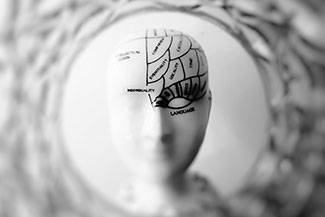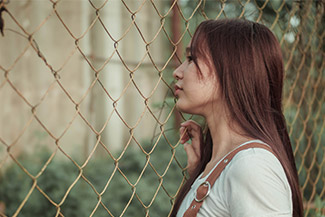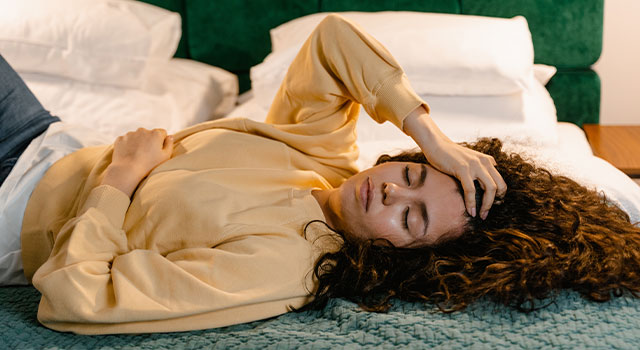
Double Vision
When a person sees two separate or overlapping images of the same object, they are experiencing diplopia — or double vision.
Seeing double can turn small tasks into large ones. Ordinary activities such as reaching for a door knob or a glass of water can be challenging. Those with diplopia often have poor depth perception, which disrupts the ability to read, drive and play sports.
If you or someone close to you is experiencing double vision, Dr. Sophie Jobin can prescribe a fully personalized neuro-optometric rehabilitation therapy program.
Symptoms of Diplopia
Common symptoms of double vision include:
- Headaches
- Nausea
- Pain around the eyes, temples, or eyebrows
- Painful eye movements
- Noticeable eye misalignment
- Eye weakness
- Drooping eyelids
There are three types of diplopia:
- Horizontal diplopia: seeing two images that are separated horizontally
- Vertical diplopia: seeing two images where one is higher than the other
- Monocular diplopia: double vision that persists in only one eye
Double vision is usually a symptom of other health issues, and sometimes can indicate the need for immediate medical attention. If you experience diplopia, contact Eye Health Centre for a prompt appointment.
What Causes Double Vision?
Temporary diplopia can be due to a lack of sleep or excessive alcohol consumption and is generally no cause for concern. Long-lasting or recurring double vision can be caused by several eye conditions, such as keratoconus, cataracts, or dry eye.
Most often, monocular diplopia is caused by these conditions.
- Head injury, such as a stroke, a concussion, brain swelling, a brain tumor, or brain aneurysm
- Refractive surgery, such as LASIK
- Cranial nerve palsies
- Strabismus, or eye misalignment
How is Double Vision Treated?
Diplopia treatments can include surgery, neuro-optometric rehabilitation therapy, prescription prism glasses, and medication.
Why Choose a Neuro-Optometrist?
 A neuro-optometrist diagnoses and treats neurological conditions that impact the functioning of the visual system.
A neuro-optometrist diagnoses and treats neurological conditions that impact the functioning of the visual system.
The first step is to have a complete functional visual evaluation to determine which visual skills are lacking. After the initial diagnosis, Dr. Sophie Jobin will recommend the most suitable treatment. For diplopia patients, a fully personalized neuro-optometric rehabilitation therapy program is most often prescribed. This specialized form of vision therapy can help you regain lost visual skills or develop new ones, and trains the eyes to work in unison with the brain. The result: long-lasting clear and unified vision.
Neuro-optometric rehabilitation therapy for double vision can effectively treat the underlying neurological condition using prisms, therapeutic lenses, filters, and patching. The use of prisms is often prescribed to patients with diplopia, as the prism bends the light to match the displacement of the affected eye, allowing the patient to see a single image.
A functional visual evaluation with Dr. Sophie Jobin is especially crucial for patients who’ve sustained a head injury — however mild — as visual symptoms may result from the trauma.
Additionally, if you suspect your child has diplopia or any other visual problem, it’s best to bring them in for a functional vision assessment without delay, as children often lack the verbal skills needed to express what they’re seeing. A child experiencing double vision may still be able to identify letters and shapes, making it difficult for parents and teachers to detect a problem.
If you or a loved one is suffering from diplopia, don’t hesitate to call Eye Health Centre to schedule your appointment today.
Our practice serves patients from St. Albert, Edmonton, Spruce Grove, and Fort Saskatchewan, Alberta and surrounding communities.









